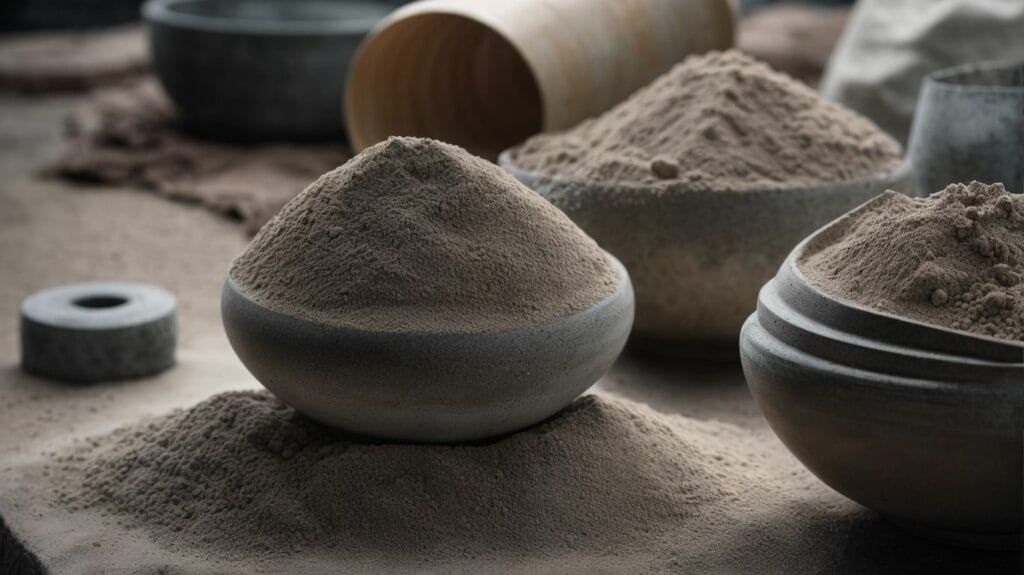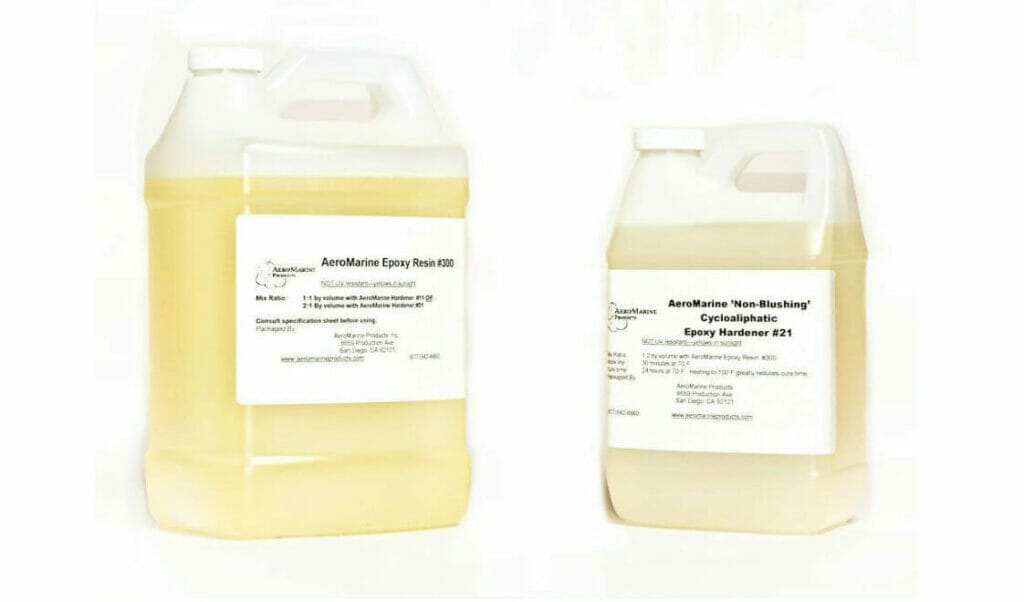Concrete surfaces often require preparation before coatings, overlays, or polishing can be applied. Two common methods used for this purpose are diamond grinding and shot blasting. While both processes achieve the same goal of preparing the surface, they differ in their techniques and applications.
Diamond grinding is a technique that uses specialized equipment and tools equipped with diamond segments to grind and level concrete surfaces. On the other hand, shot blasting uses high-speed steel shots to blast the surface and remove any coatings or contaminants.
To understand the differences between diamond grinding and shot blasting, it is important to know how they work.
- Diamond Grinding Concrete Process: Diamond grinding involves using a series of diamond blades to grind and level the surface, creating a smooth and even finish. The process starts with coarse diamond segments and gradually moves to finer ones for a polished finish. Water is used to cool the blades and reduce dust.
- Shot Blasting Concrete Process: Shot blasting involves using high-speed steel shots propelled by a machine to blast and remove any coatings, dirt, or contaminants from the surface. The process is highly efficient and leaves a rough, textured finish.
Apart from the process, diamond grinding and shot blasting differ in several other aspects, including surface preparation, equipment used, surface finish, and cost.
- Surface Preparation: Diamond grinding is more suitable for concrete surfaces with minor imperfections, while shot blasting is ideal for heavily damaged or contaminated surfaces.
- Equipment Used: Diamond grinding requires specialized equipment with diamond blades, while shot blasting uses a machine that propels steel shots.
- Surface Finish: Diamond grinding creates a smoother and more polished finish, while shot blasting leaves a rougher and more textured surface.
- Cost: Due to the specialized equipment and tools required, diamond grinding is usually more expensive than shot blasting.
Considering the differences between the two methods, the choice between diamond grinding and shot blasting ultimately depends on various factors, including application purposes, surface condition, and time and budget constraints. In general, diamond grinding is better for surface preparation before coatings or overlays, while shot blasting is more suitable for heavy-duty surface cleaning and preparation. Consulting a professional is recommended to determine the most suitable method for your specific project.
Key Takeaways:
- Diamond grinding and shot blasting are two common methods used for concrete surface preparation.
- Both methods involve using different techniques and equipment to achieve a smooth and clean surface.
- The best method to use depends on factors such as surface condition, application purpose, and time/budget constraints.
What Is Diamond Grinding Concrete?
Diamond grinding concrete is a technique utilized in preparing concrete surfaces for resinous flooring. This process utilizes diamond bits to grind the surface, eliminating imperfections and producing a smooth finish. It is a highly effective method for leveling uneven floors and repairing surface damage. In fact, a construction company once utilized diamond grinding to revitalize a worn-out warehouse floor, resulting in a durable and visually appealing surface that impressed both workers and clients.
What Is Shot Blasting Concrete?
What Is Shot Blasting Concrete?
Shot blasting concrete is a process used to prepare floors and eliminate contaminants. This technique utilizes small steel balls that are shot at the surface with high velocity, effectively removing dirt, coatings, and other impurities. This results in a textured surface that is ideal for bonding with new flooring materials.
Shot blasting is a commonly used method for improving the adhesion of epoxy coatings and overlays, making it a popular choice for industrial and commercial flooring applications.
How Do They Work?
When it comes to preparing concrete surfaces for coatings or repairs, there are two popular methods: diamond grinding and shot blasting. Both techniques are effective in removing surface imperfections and creating a textured surface for better adhesion. However, the processes differ significantly in their approach. In this section, we will discuss the mechanics of diamond grinding and shot blasting and how each method works to achieve the desired results.
1. Diamond Grinding Concrete Process
- Preparation: Begin by cleaning the surface and repairing any damages, such as cracks or uneven areas.
- Initial Grinding: Use coarse diamond segments to remove thin coatings and mastics during the diamond grinding concrete process.
- Intermediate Grinding: Utilize finer grit diamond segments to refine the surface further further.
- Final Grinding: Polish the surface using even finer grit diamond segments for a smooth finish.
2. Shot Blasting Concrete Process
Surface preparation: Ensure that the surface is clean and inspect for any necessary repairs.
Equipment setup: Set up the shot blasting machine, adjusting the blast pattern and speed as needed.
Blasting process: Utilize small steel shots to blast the surface, removing contaminants and creating a textured surface.
Cleanup: Safely collect and dispose of the debris that has been blasted.
The Shot Blasting Concrete Process was first introduced in the early 1900s as a way to prepare surfaces for coatings and overlays, completely transforming the concrete surface preparation industry.
What Are The Differences Between Diamond Grinding Concrete And Shot Blasting Concrete?
When it comes to preparing concrete surfaces for various applications, two common methods stand out: diamond grinding and shot blasting. While both techniques are effective in achieving a clean and smooth surface, they differ in terms of approach, equipment, and result. In this section, we will explore the key differences between diamond grinding and shot blasting, including the surface preparation process, the types of equipment used, the resulting surface finish, and the overall cost involved. By understanding these distinctions, you can make an informed decision on which method is best suited for your concrete surface needs.
1. Surface Preparation
Preparing the surface for concrete involves several crucial steps to ensure an effective and durable result:
- Inspect the Surface: Evaluate the condition of the concrete for any damage, contamination, or existing coatings.
- Clean the Surface: Thoroughly remove dirt, oil, grease, and other contaminants from the concrete.
- Repair Any Damage: Address any cracks, spalling, or uneven areas to create a smooth and uniform surface.
- Choose the Method: Consider the specific requirements and condition of the concrete to determine whether diamond grinding or shot blasting is the best option.
When deciding between diamond grinding and shot blasting, take into account the concrete’s condition and the specific requirements of your project. Each method has distinct advantages depending on the surface condition, application purpose, and budget constraints.
2. Equipment Used
- Diamond Grinding Concrete Equipment:
- Diamond grinding machine with discs and tooling for smoothing and leveling concrete surfaces.
- A vacuum system is used to contain and remove dust particles.
- Protective gear, including goggles, gloves, and a mask to ensure safety.
- Shot Blasting Concrete Equipment:
- Shot blasting machine that propels steel shots at the concrete surface to remove contaminants and create a textured finish.
- Dust collector to capture and dispose of the removed debris.
- PPE such as safety glasses, ear protection, and protective clothing to ensure operator safety.
3. Surface Finish
The surface finish is an essential component of both diamond grinding and shot-blasting concrete processes. Diamond grinding produces a smooth finish that is ideal for polishing or applying coatings. On the other hand, shot blasting results in a textured finish that improves concrete adhesion for overlays or decorative treatments.
4. Cost
- When considering diamond grinding, take into account the initial cost of equipment, including the grinder and diamonds for abrasion.
- For shot blasting, factor in the cost of the equipment, such as the blasting unit and abrasive materials.
- In addition, consider the cost of labor and time required for both methods.
- Be sure to factor in the long-term maintenance costs for each method in order to determine the overall cost-effectiveness.
When deciding between diamond grinding and shot blasting, it is important to evaluate the total cost, including equipment, labor, and maintenance, in order to make an informed choice.
Which Method Is Better for Concrete Surface Preparation?
When it comes to preparing a concrete surface for further treatment, two common methods are diamond grinding and shot blasting. But which one is the better choice? In this section, we will investigate the factors that should be considered when deciding between these two methods. From the intended application purposes to the current condition of the surface, we will examine how each factor can influence the selection process. Additionally, we will explore the impact of time and budget constraints on choosing the most suitable method for concrete surface preparation.
1. Factors to Consider
- Surface condition: When preparing a concrete surface, it is important to assess its current state, taking into account factors such as cracks, oil stains, and existing coatings.
- Application purposes: The specific use of the concrete surface, whether it be for industrial, commercial, or residential purposes, should also be considered.
- Time and budget constraints: It is crucial to take into account the project timeline and available financial resources when planning for surface preparation.
Concrete surface preparation has evolved significantly over time, with innovative methods continually shaping the industry.
2. Application Purposes
- Identify the specific application needs for the concrete surface, such as industrial flooring, commercial spaces, or residential areas.
- Determine the desired outcome, whether it’s creating a smooth surface for decorative coatings or preparing for heavy-duty flooring systems.
- Consider the performance requirements, including durability, maintenance, and safety regulations for the designated space.
3. Surface Condition
- Assess the current state of the surface, taking into account roughness, contaminants, and any previous coatings.
- Evaluate the degree of surface contamination or deterioration in order to determine the most appropriate method, whether it be diamond grinding or shot blasting.
- Identify any specific surface irregularities or imperfections that must be addressed prior to selecting a surface preparation method.
4. Time and Budget Constraints
- Assess project timelines and financial resources, taking into account any time and budget constraints.
- Evaluate the urgency and budget allocated for surface preparation.
- Consider the impact of downtime and costs associated with each method, keeping in mind any time and budget limitations.
- Analyze long-term maintenance expenses to make an informed decision, considering any time and budget constraints.
Summary
When choosing between diamond-grinding concrete and shot-blasting concrete, it is crucial to take into account the project requirements, surface conditions, and desired results. Diamond grinding is ideal for precise surface leveling, while shot blasting is best for creating a textured finish. The choice ultimately depends on the specific needs of the project, whether it requires a smooth and polished surface or a roughened one for better coating adhesion.
Pro-tip: It is always recommended to thoroughly assess the concrete surface before deciding on the most suitable method for achieving the desired outcome.


